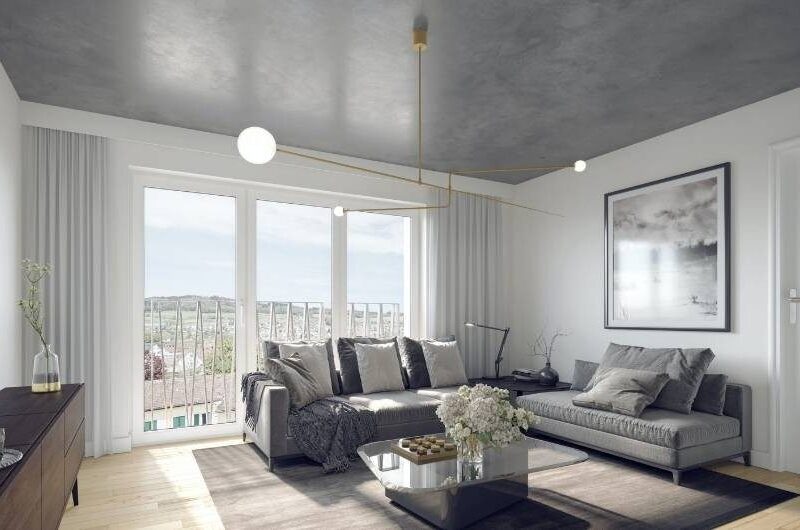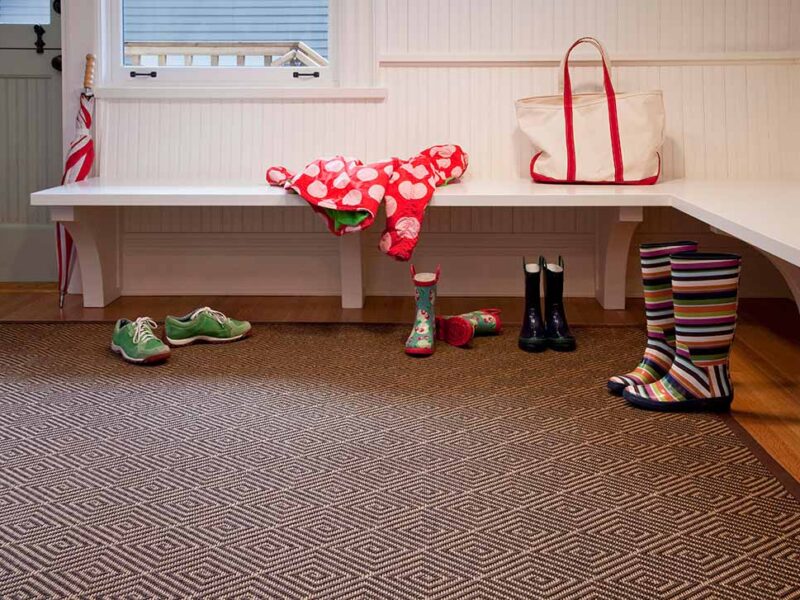When walking into a building, most people pay attention to the big things—tall walls, huge windows, shiny floors, maybe even cool lighting. But there’s a whole other world inside buildings that usually goes unnoticed. These are the secret spaces, the hidden parts that quietly help everything work better and stay safer. Architects and builders design them on purpose, and even though they stay out of sight, they do really important jobs.
Let’s talk about what these secret spaces are, how they work, and why they matter more than anyone might think.
Hidden Helpers: What Are Secret Spaces?
Secret spaces in buildings aren’t magic passages or trap doors from movies. They’re real parts of the design—access hatches, crawlspaces, ceiling panels, floor compartments, and other out-of-view spots made to help people get to certain areas without messing up the look or flow of the place. They’re used for inspections, maintenance, safety checks, and even emergency access.
For example, buildings often have floor hatches that open up into utility rooms or tunnels underneath. These are used by workers who need to fix pipes, wires, or heating systems. On rooftops, hidden hatches give safe entry points for cleaning teams, solar panel checkups, or emergency services. Without these small features, getting to important parts of the building would be slow or even dangerous.
There are smart products that do this job better than ever. One solid option is using innovative access hatches by Surespan US. These types of hatches blend into a building’s design while still being tough, weatherproof, and easy to use. It’s one way buildings stay both good-looking and practical.
Keeping Buildings Safe Without Being Obvious
Safety is a big deal in architecture, but nobody wants a place filled with obvious warning signs or clunky ladders sticking out of walls. That’s why secret spaces are such a smart solution. They allow builders to include safety features without changing how a building looks or feels.
Access panels hidden in ceilings can help fire crews reach wiring if there’s an emergency. Rooftop hatches make it easier for workers to get up and down without needing risky equipment or leaving gear exposed. Some buildings even use floor hatches to store emergency tools or clear pathways for people who need to escape during a fire.
In tall buildings or places with a lot of foot traffic, having these hidden routes and safety zones keeps things moving quickly if there’s ever a problem. Instead of blocking main walkways or packing extra stairwells into tight areas, these hidden entries keep things flexible and organized.
Helping Repairs Happen Faster (And Quieter)
Buildings, even new ones, always need a little maintenance. Pipes can leak, lights burn out, systems need checks. But nobody wants a crew dragging ladders across a hotel lobby or taking apart a ceiling just to check one wire. That’s why secret access points make such a big difference.
A hidden ceiling hatch means electricians can fix a cable in minutes instead of hours. A small door behind a wall panel lets plumbers handle leaks without shutting down a hallway. These behind-the-scenes touches are a big part of how modern buildings stay working without bothering the people inside.
In schools, offices, and hospitals especially, keeping things quiet and smooth really matters. No one wants class interrupted or machines turned off just to deal with a problem that could’ve been fixed behind a panel in the wall.
Clean Designs With Smart Features
Modern buildings often aim for a clean, simple design. But it’s not easy to make something look smooth and organized when it also needs to be practical. Secret spaces help fix that. They hide the tools and systems that keep everything running, without needing to expose pipes or switches.
Instead of covering everything with big metal doors or bulky controls, architects use access hatches and concealed spaces that stay out of view. Some are painted to match the walls. Others are built into the floor with covers that blend in with the tile or carpet.
This isn’t just about looks—it also helps the building feel calm, open, and safe. People don’t always think about how much design affects mood, but walking into a clean space with no visual clutter feels different from walking into a room packed with boxes and warning signs. Hidden systems help make that happen.
Helping the Planet, Too
Secret access spaces also play a role in helping buildings be more eco-friendly. How? By making it easier to monitor and fix energy systems quickly. For example, if a solar panel on the roof isn’t working right, a rooftop hatch means someone can get up there fast to solve the problem. If insulation behind a wall is letting heat escape, a hidden panel helps fix it without a huge construction job.
That kind of quick access makes repairs faster and helps buildings stay energy-efficient. It also makes it easier to upgrade parts of the building over time. If better lights come out that save more power, a quick swap through a ceiling panel is way simpler than tearing down drywall.
For businesses or public spaces, this also means fewer delays and less waste. Repairs don’t need to shut everything down, and upgrades can happen without tossing out parts of the building.
It’s Not Just for Big Buildings
Most of the time, people think of access hatches and secret panels in huge places—airports, stadiums, tall office towers. But even small buildings can use them. A restaurant might have a hidden trapdoor to reach plumbing. A tiny bookstore could have a ceiling panel to get to heating vents.
Even houses sometimes use these. Older homes often have attic entries that are simple panels in the ceiling. Newer homes might have floor hatches or wall doors to reach fuse boxes or smart home systems. The point is that no matter how big or small a building is, smart access matters.
It helps make life easier for the people who live and work there, and it makes the whole place safer and easier to take care of.
What to Remember
Secret spaces might not look exciting at first, but they’re one of the smartest parts of building design. They help with safety, repairs, upgrades, and keeping the place looking great. Whether it’s a floor hatch that blends into the tiles or a rooftop access point that keeps workers safe, these hidden features are doing important work all the time.
Next time you’re in a big building—or even a small one—look around. That smooth wall might have a hidden panel. That rooftop might have a concealed entry door. These secret spaces are proof that the best designs aren’t always about what you can see. They’re about what works quietly, behind the scenes.
And honestly, that’s pretty cool.



